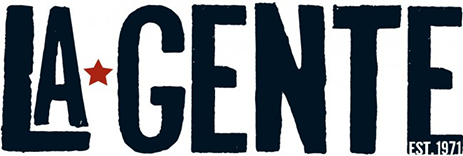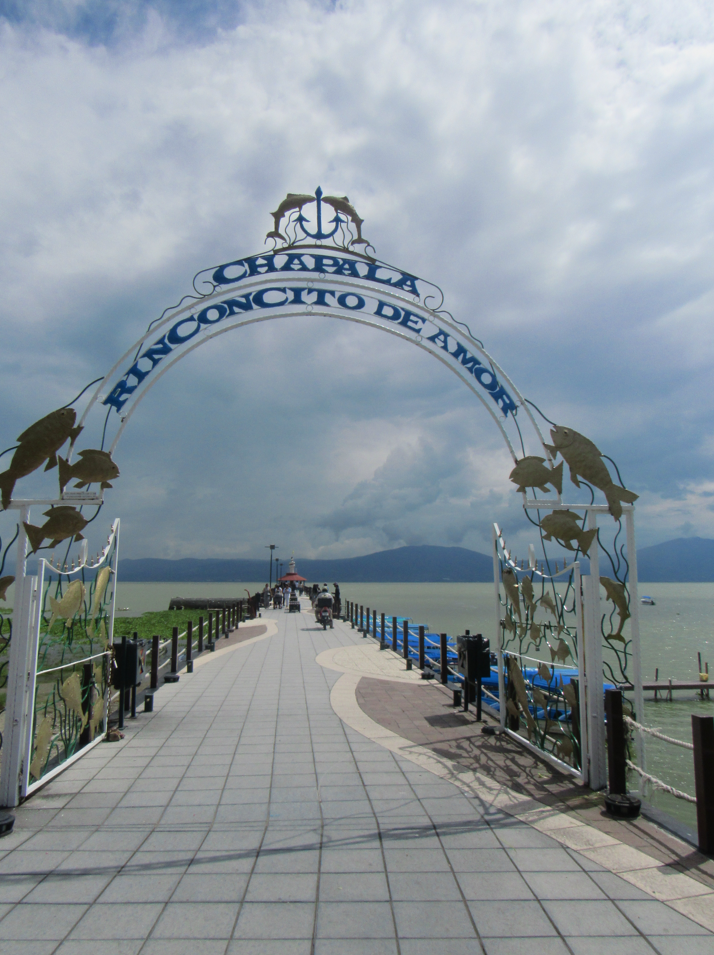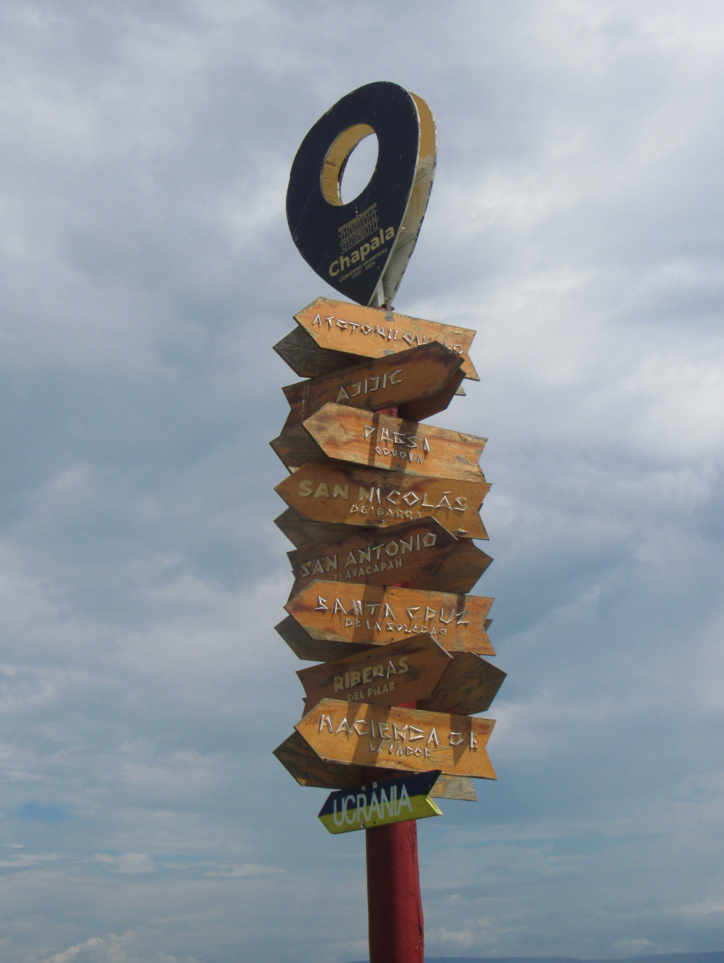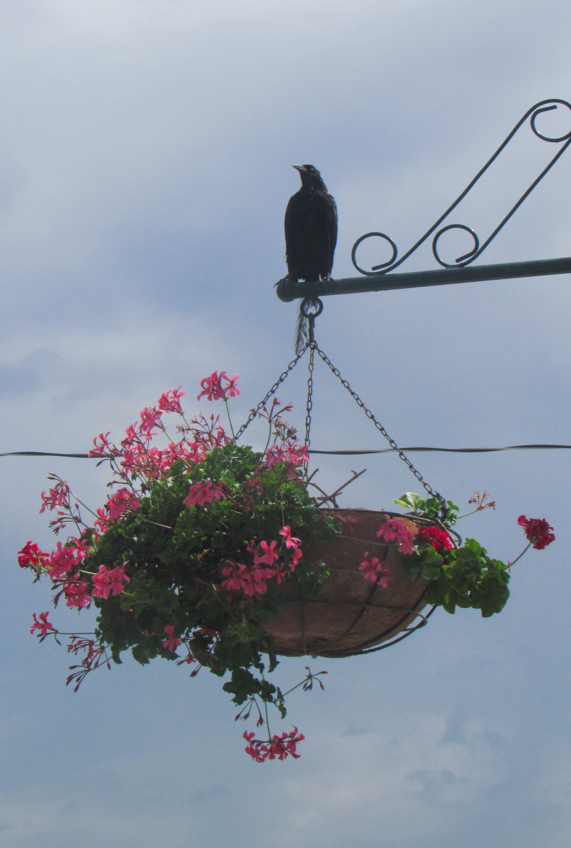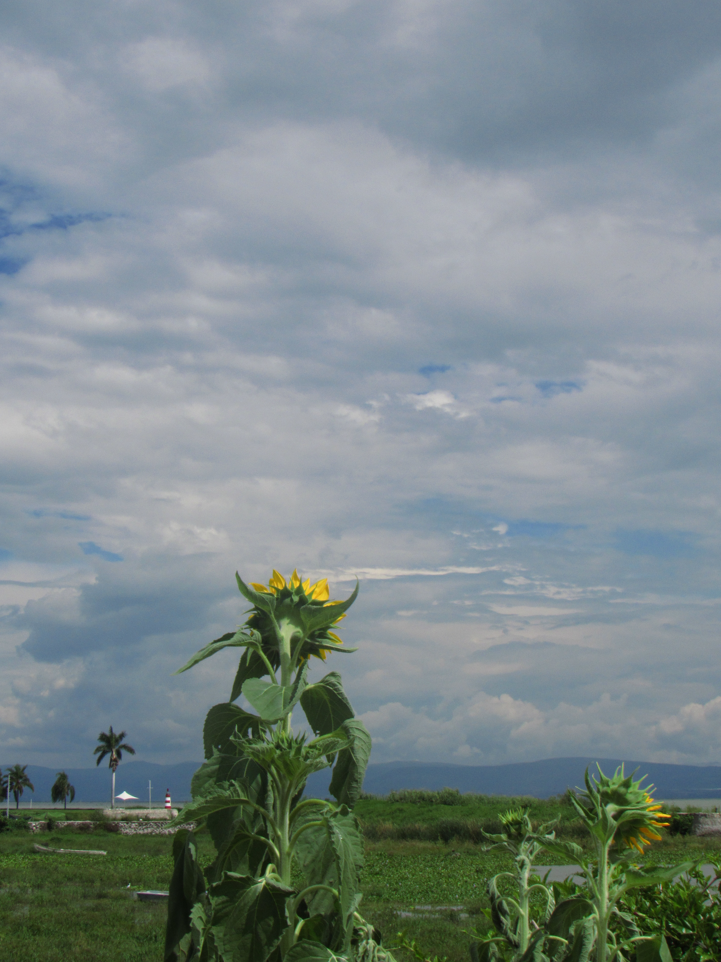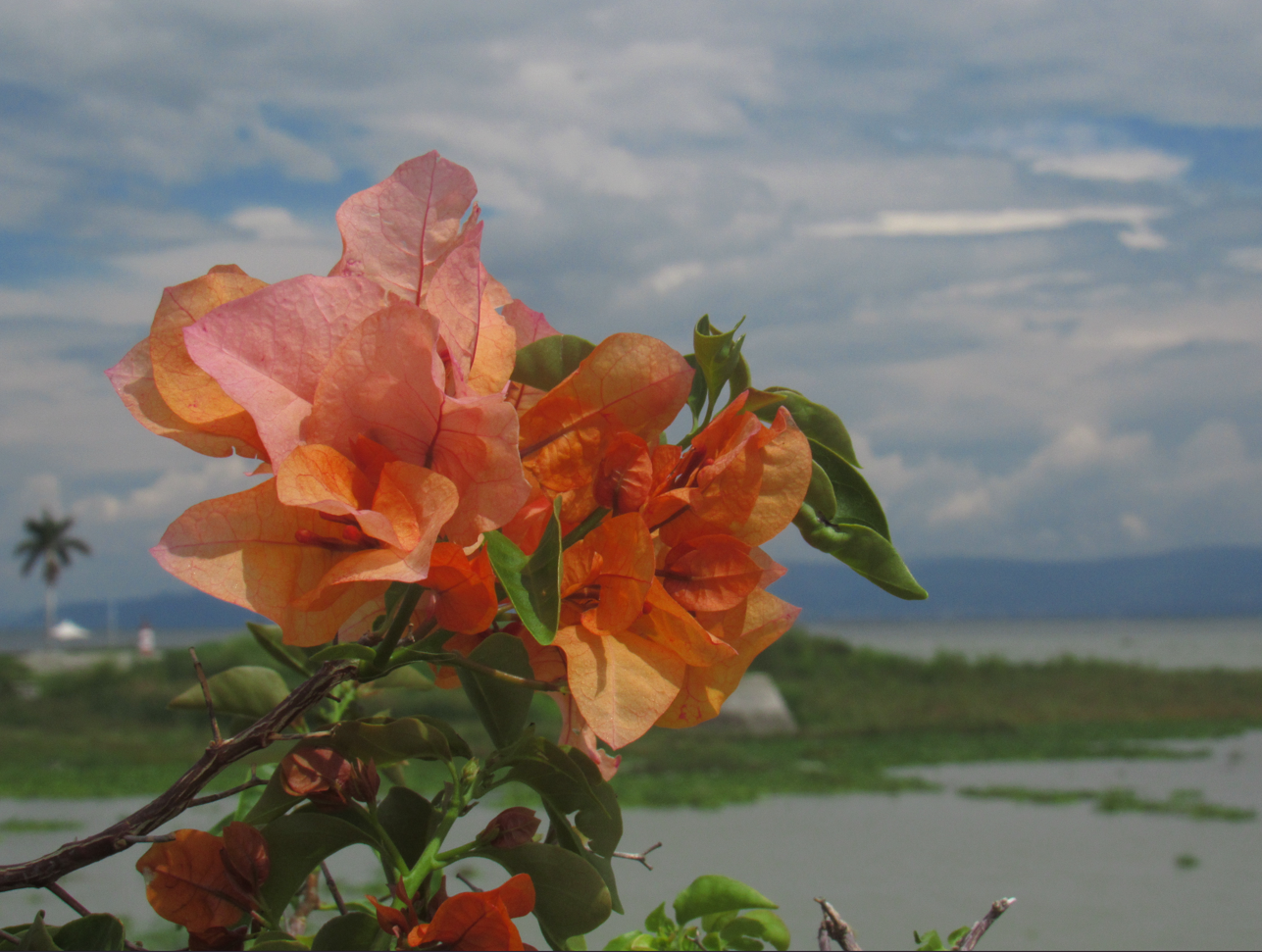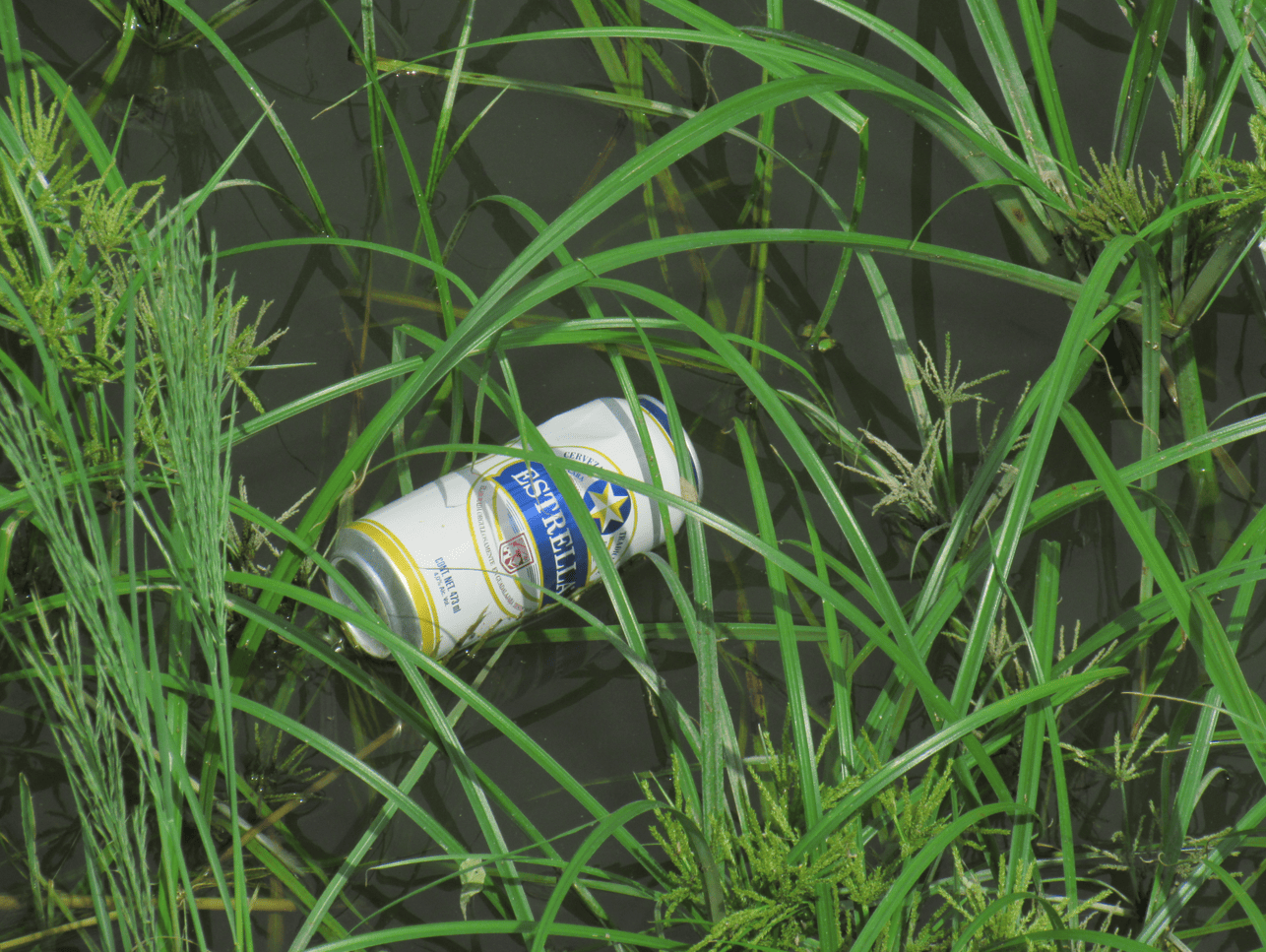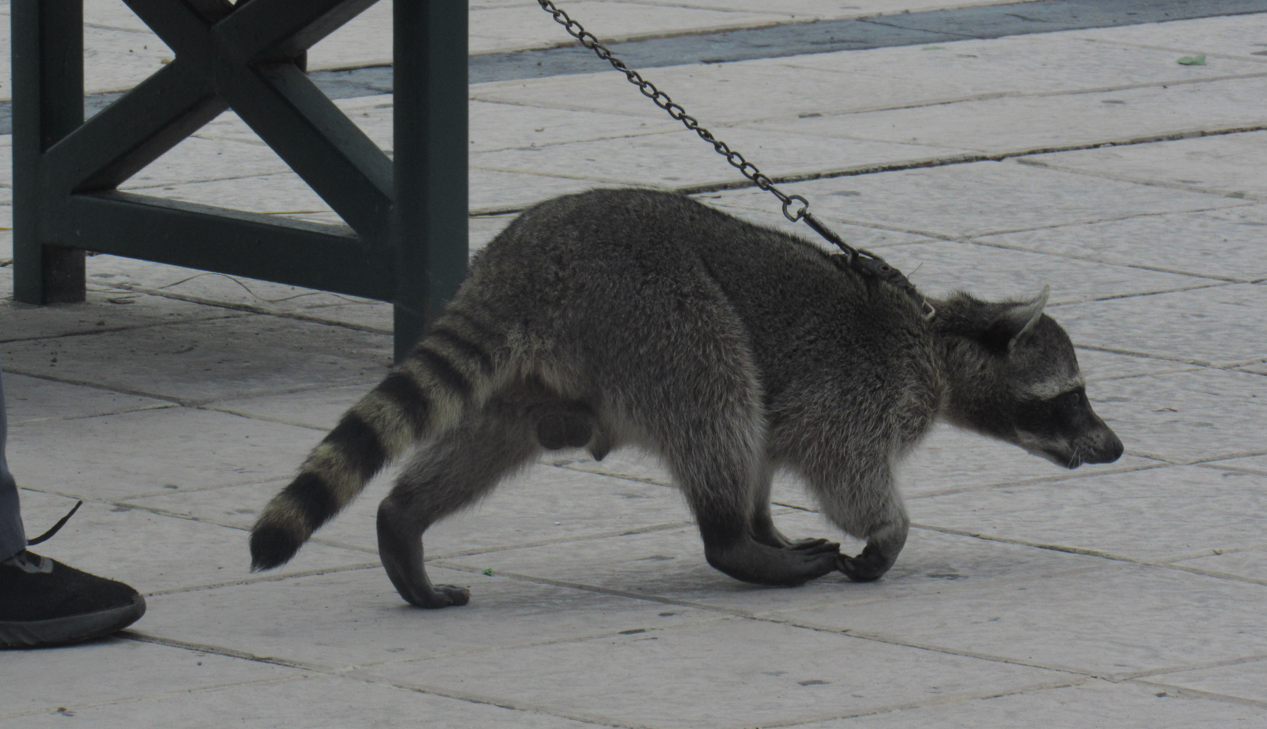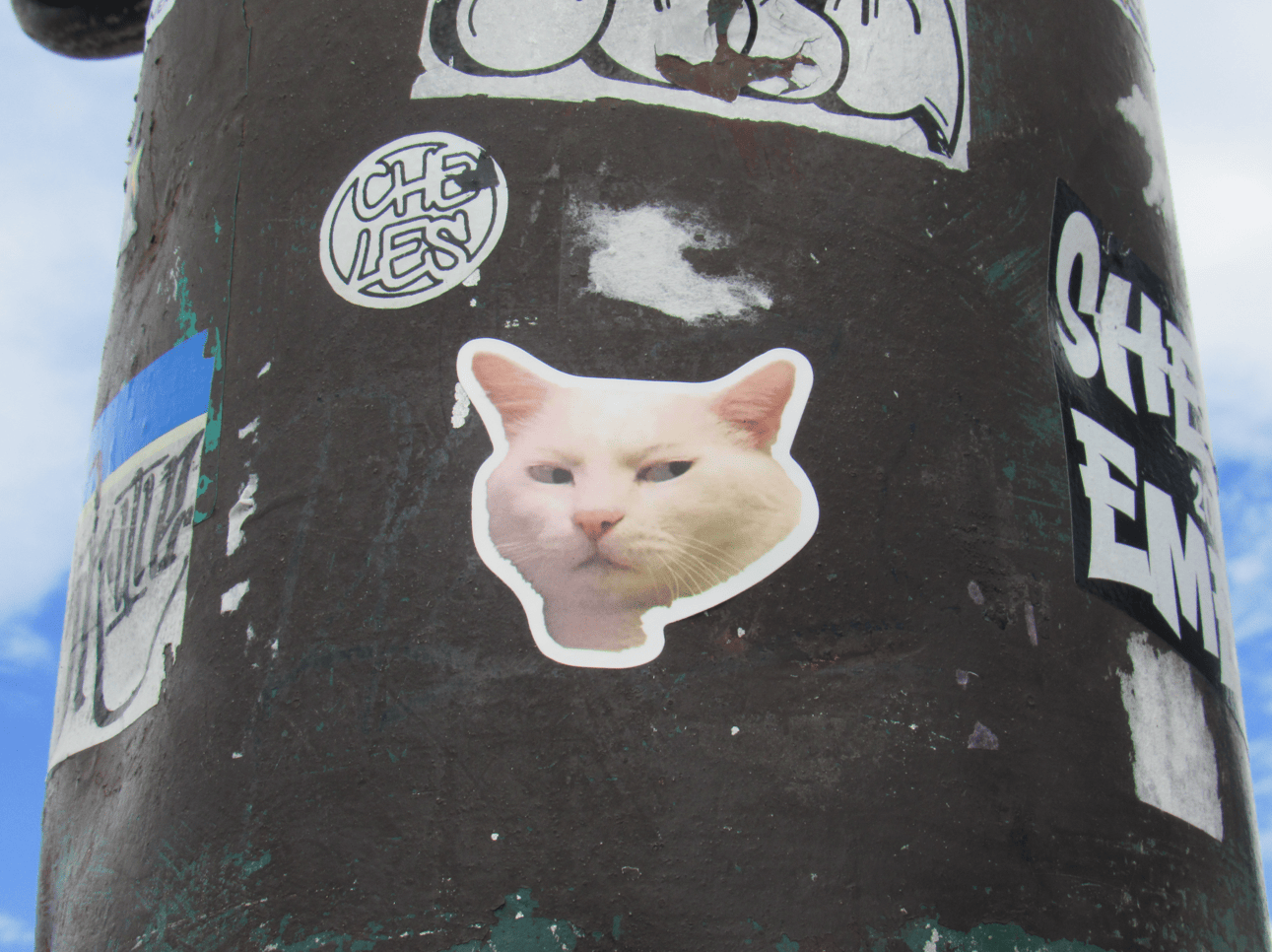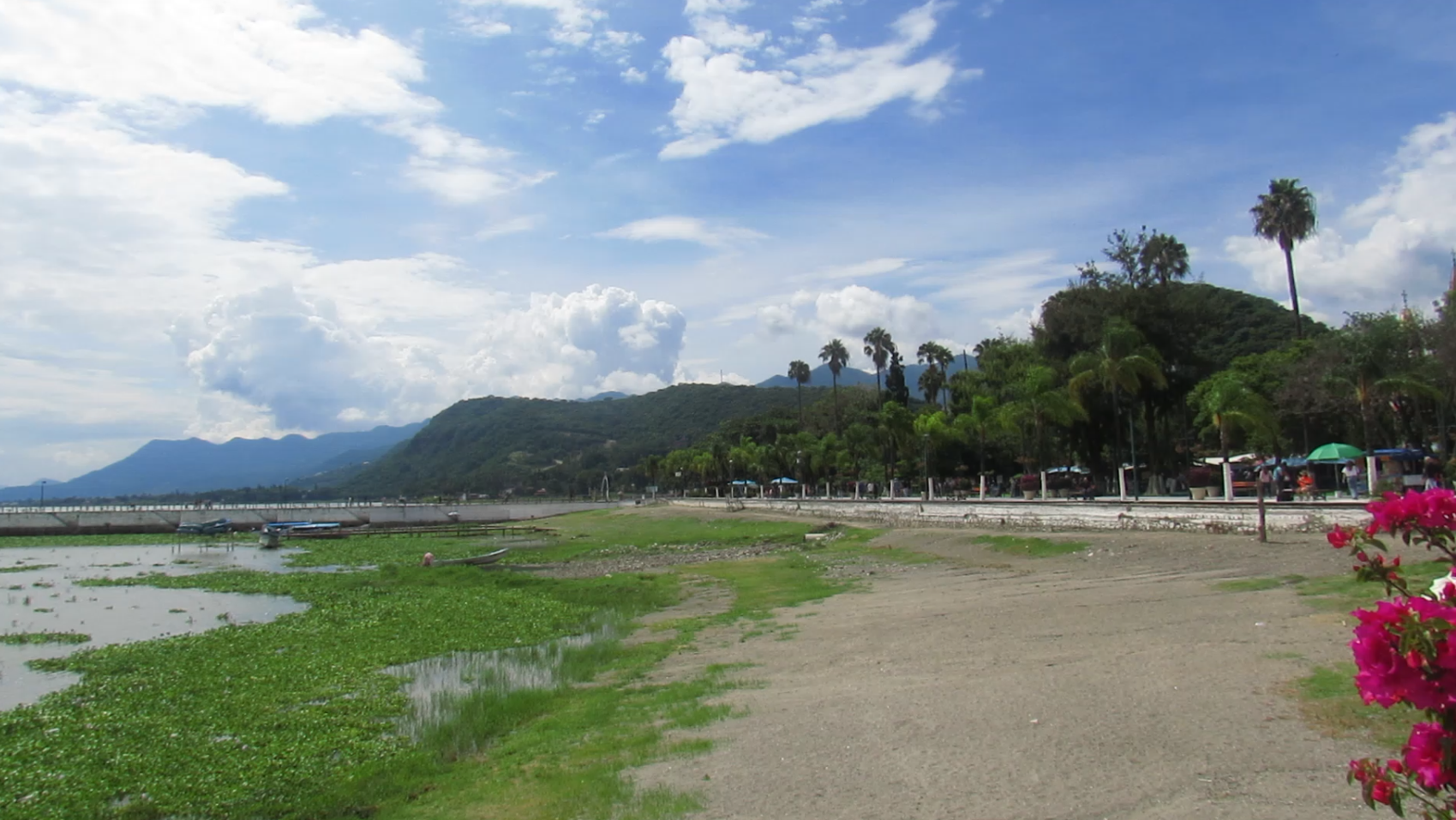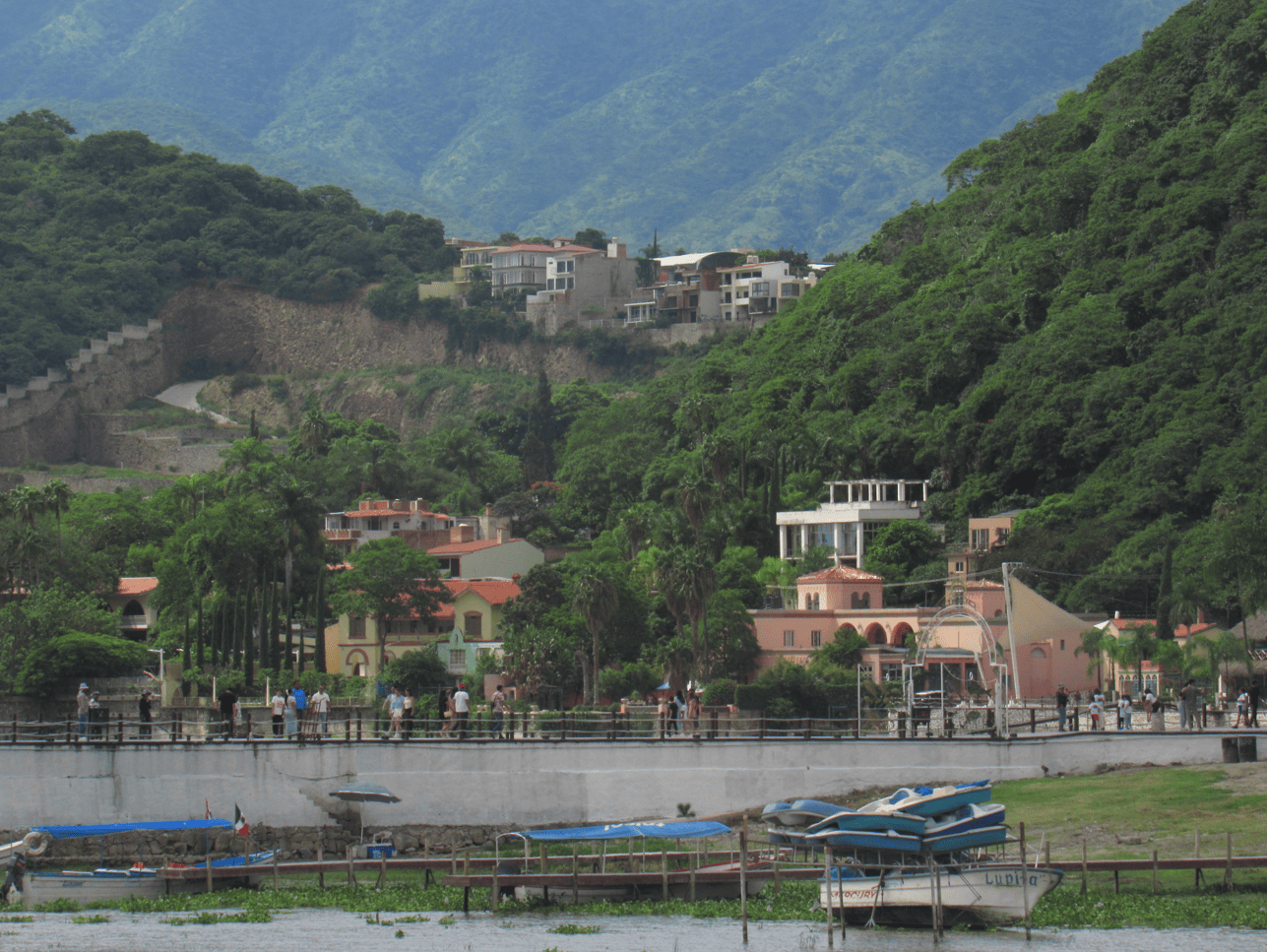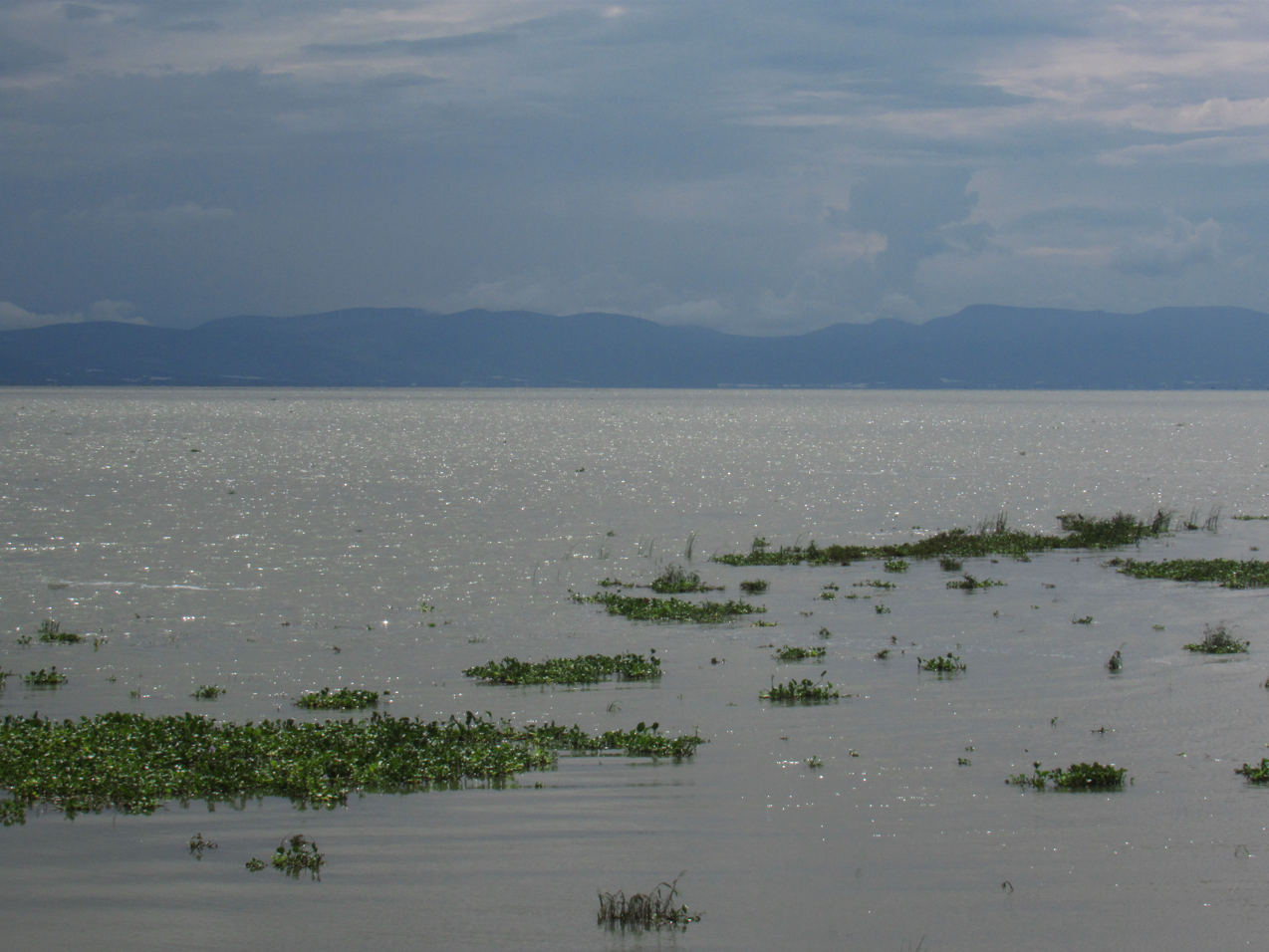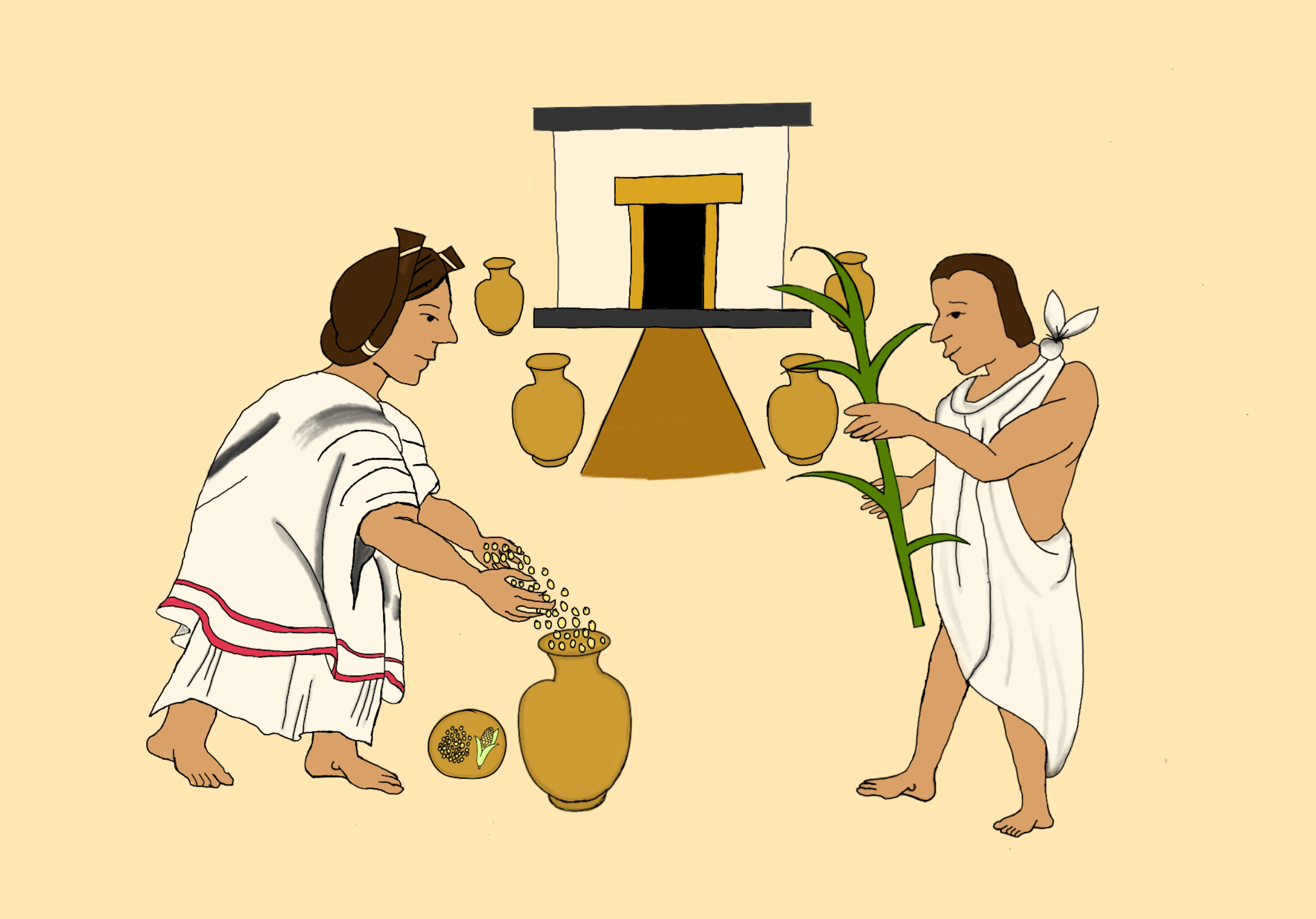Greetings, loved ones.
I had the great pleasure of returning to Chapala, Jal., in my beloved Mexico. As I said in my first post about Mexico, the motherland is my escape from everything at UCLA and in my hometown of Perris, CA. While Puerto Vallarta is fun and all, Chapala feels more like home. It is where my family is buried, where my grandma’s sisters still have houses, and where we go to visit family. It is also much less of a tourist hot spot than Puerto Vallarta. I had not been back to Chapala since right after Fall Quarter 2022. It was jubilating to be back. These photos were taken at the malecon that runs along Lake Chapala, the largest lake in Mexico. With each one, I seek to capture Chapala as it is. Although I am technically a tourist, I do not wish to portray Chapala as though I were a travel or real estate agent. There are plenty of videos on YouTube about realty in Chapala and all the beautiful things that make Chapala such a beautiful place to retire in. The lake, the vibrant culture, the walkability, the warm weather. They are right that it is a beautiful place to be in. However, as with my piece on Tequila, it would be wrong of me to ignore that if I were to grow up in Chapala, I would have lived a very different life. As with many beautiful places, an outside force will come and extract all that they want. It is quite fascinating to hear how the Americans retiring in Chapala are expats while Mexicans going to the U.S. are still immigrants. Both cross international borders for better living conditions, but only one is called an immigrant as though it were a taboo word. Anyway, the point of this piece is to present my grandma’s town. As beautiful as Chapala is, the poverty cannot be ignored. I cannot ignore the children asking for money, whether because they actually need the money or because their parents put them up to it (so the man said at the paloma stand). I will not ignore the two Indigenous women sitting together on the sidewalk along the main avenida speaking in their language or how Indigenous people tend to be pushed up into the hills. I can’t ignore my tía’s elderly neighbor with the bricks in the front of her house crumbling. Or the woman who left Chapala for the U.S. and was deported. Or the people who can’t afford treatment for cancer. There’s plenty of beauty in Chapala, but I can’t ignore that I enjoy it so much more with my U.S. money. While I hope for more change to come to Chapala, I want still appreciate the beauty found in the Oxxos and corner stores, the buñuelos my tía makes late at night, la leche de Santa Clara I get with roscas at the corner on the avenida, the tamalera, the phallic jarros and cocadas on the malecon, and the dog looking for a taco around Don Chuy’s. Soon enough I will be ending this series with my photos from Guadalajara.
